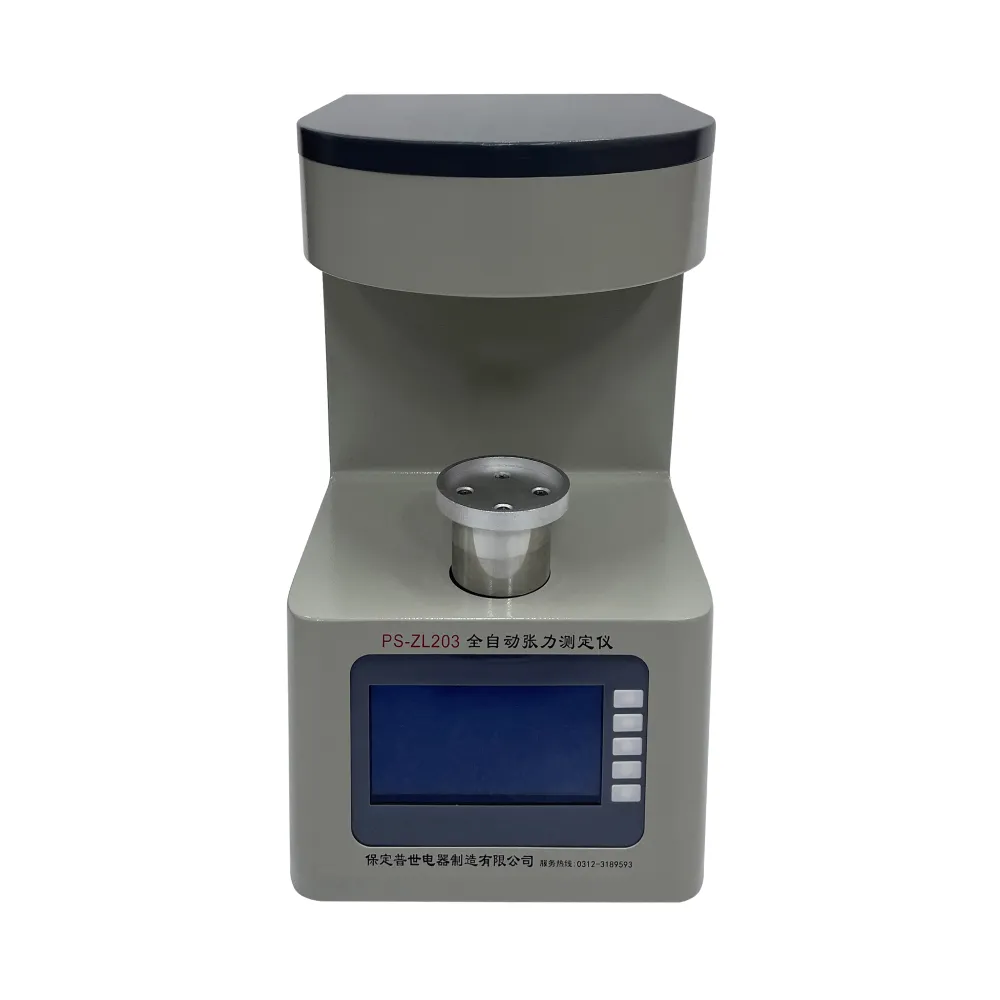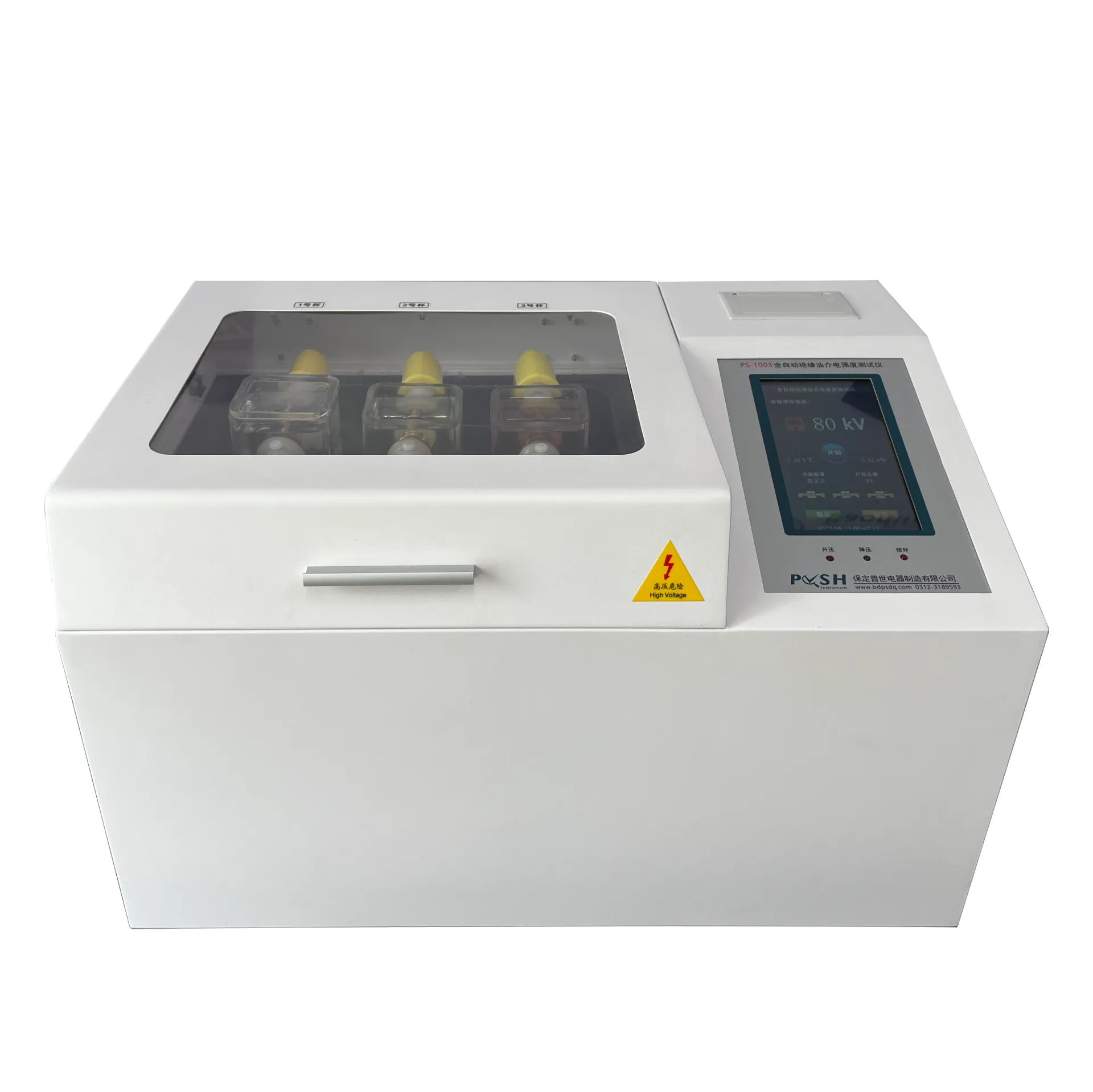TEL:
+86-0312-3189593
 English
English

Telephone:0312-3189593

Email:sales@oil-tester.com

-
 Afrikaans
Afrikaans -
 Albanian
Albanian -
 Amharic
Amharic -
 Arabic
Arabic -
 Armenian
Armenian -
 Azerbaijani
Azerbaijani -
 Basque
Basque -
 Belarusian
Belarusian -
 Bengali
Bengali -
 Bosnian
Bosnian -
 Bulgarian
Bulgarian -
 Catalan
Catalan -
 Cebuano
Cebuano -
 China
China -
 China (Taiwan)
China (Taiwan) -
 Corsican
Corsican -
 Croatian
Croatian -
 Czech
Czech -
 Danish
Danish -
 Dutch
Dutch -
 English
English -
 Esperanto
Esperanto -
 Estonian
Estonian -
 Finnish
Finnish -
 French
French -
 Frisian
Frisian -
 Galician
Galician -
 Georgian
Georgian -
 German
German -
 Greek
Greek -
 Gujarati
Gujarati -
 Haitian Creole
Haitian Creole -
 hausa
hausa -
 hawaiian
hawaiian -
 Hebrew
Hebrew -
 Hindi
Hindi -
 Miao
Miao -
 Hungarian
Hungarian -
 Icelandic
Icelandic -
 igbo
igbo -
 Indonesian
Indonesian -
 irish
irish -
 Italian
Italian -
 Japanese
Japanese -
 Javanese
Javanese -
 Kannada
Kannada -
 kazakh
kazakh -
 Khmer
Khmer -
 Rwandese
Rwandese -
 Korean
Korean -
 Kurdish
Kurdish -
 Kyrgyz
Kyrgyz -
 Lao
Lao -
 Latin
Latin -
 Latvian
Latvian -
 Lithuanian
Lithuanian -
 Luxembourgish
Luxembourgish -
 Macedonian
Macedonian -
 Malgashi
Malgashi -
 Malay
Malay -
 Malayalam
Malayalam -
 Maltese
Maltese -
 Maori
Maori -
 Marathi
Marathi -
 Mongolian
Mongolian -
 Myanmar
Myanmar -
 Nepali
Nepali -
 Norwegian
Norwegian -
 Norwegian
Norwegian -
 Occitan
Occitan -
 Pashto
Pashto -
 Persian
Persian -
 Polish
Polish -
 Portuguese
Portuguese -
 Punjabi
Punjabi -
 Romanian
Romanian -
 Russian
Russian -
 Samoan
Samoan -
 Scottish Gaelic
Scottish Gaelic -
 Serbian
Serbian -
 Sesotho
Sesotho -
 Shona
Shona -
 Sindhi
Sindhi -
 Sinhala
Sinhala -
 Slovak
Slovak -
 Slovenian
Slovenian -
 Somali
Somali -
 Spanish
Spanish -
 Sundanese
Sundanese -
 Swahili
Swahili -
 Swedish
Swedish -
 Tagalog
Tagalog -
 Tajik
Tajik -
 Tamil
Tamil -
 Tatar
Tatar -
 Telugu
Telugu -
 Thai
Thai -
 Turkish
Turkish -
 Turkmen
Turkmen -
 Ukrainian
Ukrainian -
 Urdu
Urdu -
 Uighur
Uighur -
 Uzbek
Uzbek -
 Vietnamese
Vietnamese -
 Welsh
Welsh -
 Bantu
Bantu -
 Yiddish
Yiddish -
 Yoruba
Yoruba -
 Zulu
Zulu
Mar . 06, 2025 11:07
Back to list
dc low resistance tester
The DC low resistance tester is an indispensable tool in various industries, ensuring precision and accuracy in measuring electrical resistance with remarkable efficiency. These devices have found their applications in numerous sectors, from manufacturing and quality control to routine maintenance and safety inspections. This article delves into the experience, expertise, authoritativeness, and trustworthiness aspects associated with DC low resistance testers to guide both professionals and enthusiasts in understanding their significance.
During fieldwork, actual user experience highlights the ease of use, durability, and adaptability of modern DC low resistance testers. These devices are becoming more ergonomic with user-friendly interfaces, reducing user fatigue during prolonged testing sessions. Technological advancements have made newer models highly portable without compromising on precision, a factor highly appreciated by field engineers who need to test large installations across different locations. Professionals also value multi-functionality in DC low resistance testers, appreciating features that allow them to conduct various tests without needing multiple devices. This versatility is crucial in today’s fast-paced environments, where efficiency can drive significant cost savings and enhance productivity. The evolution of DC low resistance testers reflects a commitment to adapt to the needs of modern electrical testing environments. From traditional bench-top models to handheld devices imbued with wireless data transfer capabilities, the progression has markedly improved workflow efficiency. Integration with digital platforms allowing for real-time data analysis and remote reporting adds layers of convenience and accuracy to testing results. Furthermore, the digital landscape has ushered in an era where real-time feedback, data visualization, and AI-driven insights are incorporated into the realm of low resistance testing. These innovations not only streamline the testing process but offer predictive maintenance capabilities, providing foresight into potential future issues. As industry demands evolve, experts foresee that artificial intelligence will play a more significant role in resistance testing, potentially guiding automatic recalibrations and adjustments to enhance precision. In conclusion, the DC low resistance tester stands out not just as a tool, but as a pillar of assurance in maintaining the integrity and reliability of electrical systems. Its significance is reflected in the experience it enhances, the expertise it supports, the authority it commands, and the trust it earns from industry professionals. Whether for preventative maintenance, quality control, or compliance testing, these devices are instrumental in navigating the challenges of modern electrical testing with confidence and reliability, making them invaluable assets in any professional toolkit.


During fieldwork, actual user experience highlights the ease of use, durability, and adaptability of modern DC low resistance testers. These devices are becoming more ergonomic with user-friendly interfaces, reducing user fatigue during prolonged testing sessions. Technological advancements have made newer models highly portable without compromising on precision, a factor highly appreciated by field engineers who need to test large installations across different locations. Professionals also value multi-functionality in DC low resistance testers, appreciating features that allow them to conduct various tests without needing multiple devices. This versatility is crucial in today’s fast-paced environments, where efficiency can drive significant cost savings and enhance productivity. The evolution of DC low resistance testers reflects a commitment to adapt to the needs of modern electrical testing environments. From traditional bench-top models to handheld devices imbued with wireless data transfer capabilities, the progression has markedly improved workflow efficiency. Integration with digital platforms allowing for real-time data analysis and remote reporting adds layers of convenience and accuracy to testing results. Furthermore, the digital landscape has ushered in an era where real-time feedback, data visualization, and AI-driven insights are incorporated into the realm of low resistance testing. These innovations not only streamline the testing process but offer predictive maintenance capabilities, providing foresight into potential future issues. As industry demands evolve, experts foresee that artificial intelligence will play a more significant role in resistance testing, potentially guiding automatic recalibrations and adjustments to enhance precision. In conclusion, the DC low resistance tester stands out not just as a tool, but as a pillar of assurance in maintaining the integrity and reliability of electrical systems. Its significance is reflected in the experience it enhances, the expertise it supports, the authority it commands, and the trust it earns from industry professionals. Whether for preventative maintenance, quality control, or compliance testing, these devices are instrumental in navigating the challenges of modern electrical testing with confidence and reliability, making them invaluable assets in any professional toolkit.
Previous:
Latest news
-
Using Distillation Range Testers in the Food and Beverage IndustryNewsApr.16,2025
-
The Impact of IoT on Distillation Range Tester PerformanceNewsApr.16,2025
-
The Best Distillation Range Testers for Extreme ConditionsNewsApr.16,2025
-
How Distillation Range Testers Save Time and MoneyNewsApr.16,2025
-
Distillation Devices for Advanced Separation TechniquesNewsApr.16,2025
-
Common Mistakes to Avoid When Using a Distillation Range TesterNewsApr.16,2025



